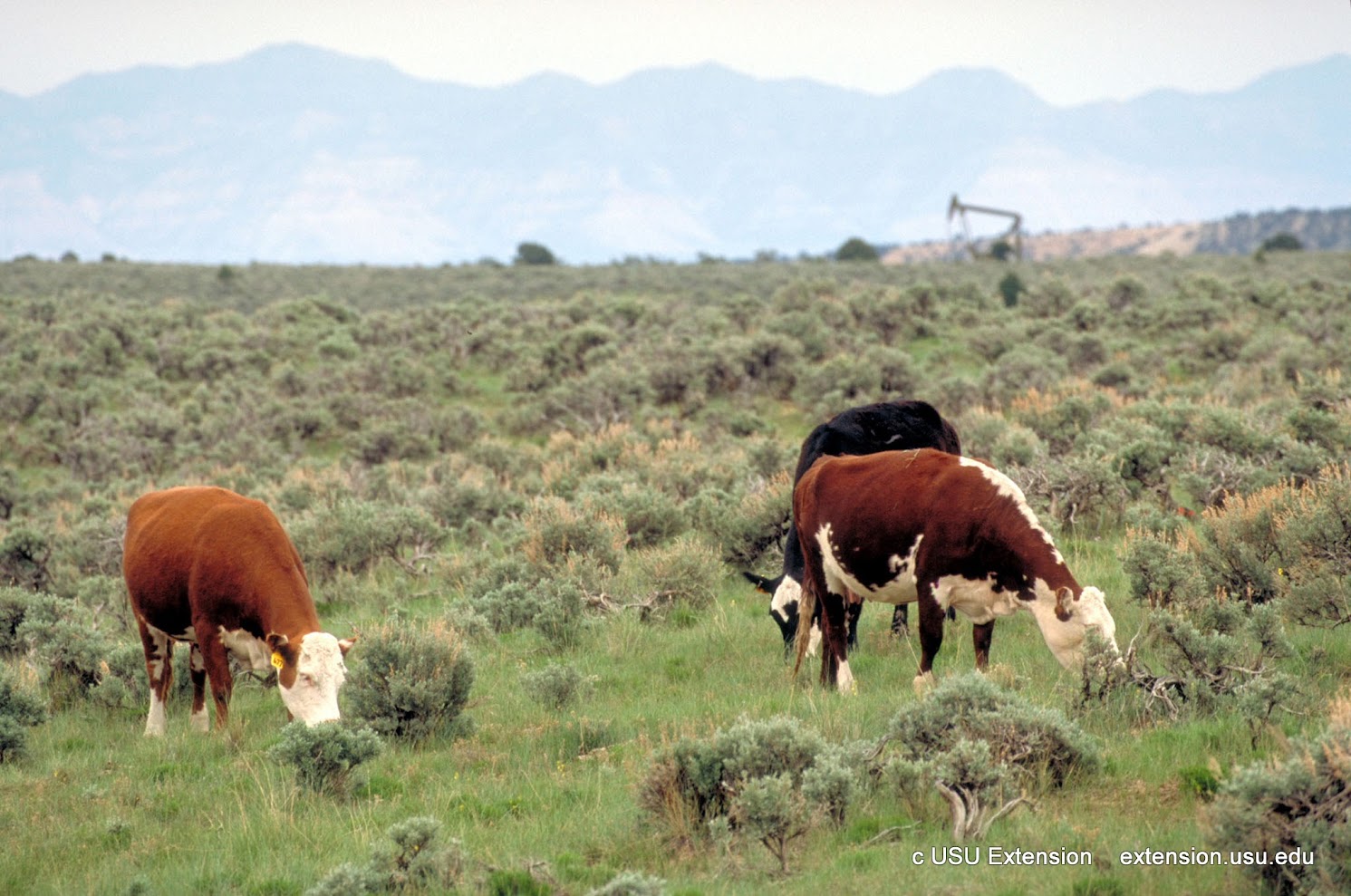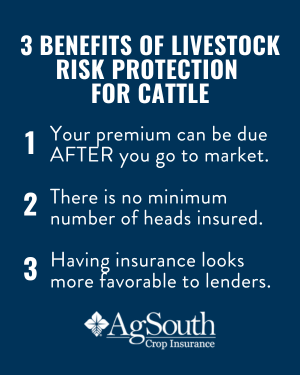Bagley Risk Management : Securing Your Organization Future
Wiki Article
Comprehending Livestock Threat Security (LRP) Insurance Coverage: A Comprehensive Guide
Browsing the realm of livestock threat security (LRP) insurance policy can be a complex venture for several in the farming industry. From just how LRP insurance operates to the various protection choices available, there is much to reveal in this comprehensive guide that can potentially form the way animals producers come close to danger monitoring in their organizations.

Exactly How LRP Insurance Works
Sometimes, understanding the auto mechanics of Animals Threat Defense (LRP) insurance can be complex, however breaking down just how it functions can offer clarity for ranchers and farmers. LRP insurance policy is a risk monitoring tool designed to secure animals producers versus unanticipated price decreases. It's vital to keep in mind that LRP insurance is not a profits guarantee; rather, it concentrates only on price danger defense.Eligibility and Coverage Options

When it comes to coverage options, LRP insurance policy supplies producers the flexibility to pick the coverage degree, insurance coverage period, and recommendations that ideal suit their threat management requirements. By comprehending the eligibility criteria and insurance coverage options offered, livestock manufacturers can make informed decisions to handle threat efficiently.
Pros and Cons of LRP Insurance Policy
When evaluating Animals Danger Protection (LRP) insurance, it is vital for livestock producers to consider the advantages and downsides integral in this danger monitoring tool.
Among the main benefits of LRP insurance policy is its capacity to provide security against a decline in animals prices. This can help safeguard producers from monetary losses resulting from market variations. In addition, LRP insurance policy supplies a degree of versatility, permitting manufacturers to customize protection levels and plan durations to suit their particular demands. By locking in an assured rate for their animals, manufacturers can better take care of risk and prepare for the future.
One restriction of LRP insurance policy is that it does not safeguard versus all types of threats, such as disease episodes or all-natural disasters. It is vital for manufacturers to carefully assess their specific threat exposure and financial circumstance to identify if LRP insurance policy is the appropriate danger management device for their procedure.
Comprehending LRP Insurance Premiums

Tips for Optimizing LRP Benefits
Maximizing the benefits of Livestock Threat Protection (LRP) insurance requires strategic preparation and aggressive risk administration - Bagley Risk Management. To maximize your LRP coverage, consider the complying with ideas:On A Regular Basis Evaluate Market Problems: Remain informed regarding market fads and rate changes in the animals industry. By keeping an eye on these variables, you can make educated choices about when to purchase LRP insurance coverage to secure versus prospective losses.
Establish Realistic Insurance Coverage Levels: When choosing insurance coverage degrees, consider your manufacturing expenses, market price of animals, and potential threats - Bagley Risk Management. Setting practical protection levels ensures that you are sufficiently protected without overpaying for unneeded insurance coverage
Expand Your Insurance Coverage: As opposed to counting entirely on LRP insurance, think about expanding your risk management methods. Combining LRP with various other danger monitoring tools such as futures agreements or choices can provide thorough insurance coverage versus market uncertainties.
Review and Change Coverage Routinely: As market problems transform, periodically examine your LRP protection to guarantee it straightens with your existing risk exposure. Adjusting protection levels and timing of purchases can help optimize your danger security strategy. By following these pointers, you can make best use of the benefits of LRP insurance policy and guard your animals operation against unpredicted threats.
Final Thought
Finally, livestock risk protection (LRP) insurance coverage is an important tool for farmers to handle the economic threats linked with their livestock procedures. By comprehending exactly how LRP functions, eligibility and coverage alternatives, along with the benefits and drawbacks of this insurance policy, farmers can make enlightened decisions to secure their incomes. By thoroughly considering LRP premiums and applying approaches to maximize advantages, farmers can reduce potential losses This Site and make sure the sustainability of their operations.
Livestock producers interested in obtaining Livestock Risk Protection (LRP) insurance can discover an array of eligibility requirements and coverage options tailored to their particular livestock procedures.When it comes to protection choices, LRP insurance policy uses manufacturers the versatility to select the coverage degree, coverage duration, and recommendations that ideal fit their risk administration requirements.To realize the details of Livestock Threat Security (LRP) insurance coverage completely, recognizing the elements influencing LRP insurance coverage costs is critical. LRP insurance premiums are established by numerous aspects, consisting of the protection degree selected, the expected price of livestock at the end of the insurance coverage duration, the type of livestock being guaranteed, and the length of the protection period.Testimonial and Readjust Insurance Coverage Frequently: As market problems transform, occasionally assess your LRP coverage to ensure it lines up with your existing danger exposure.
Report this wiki page